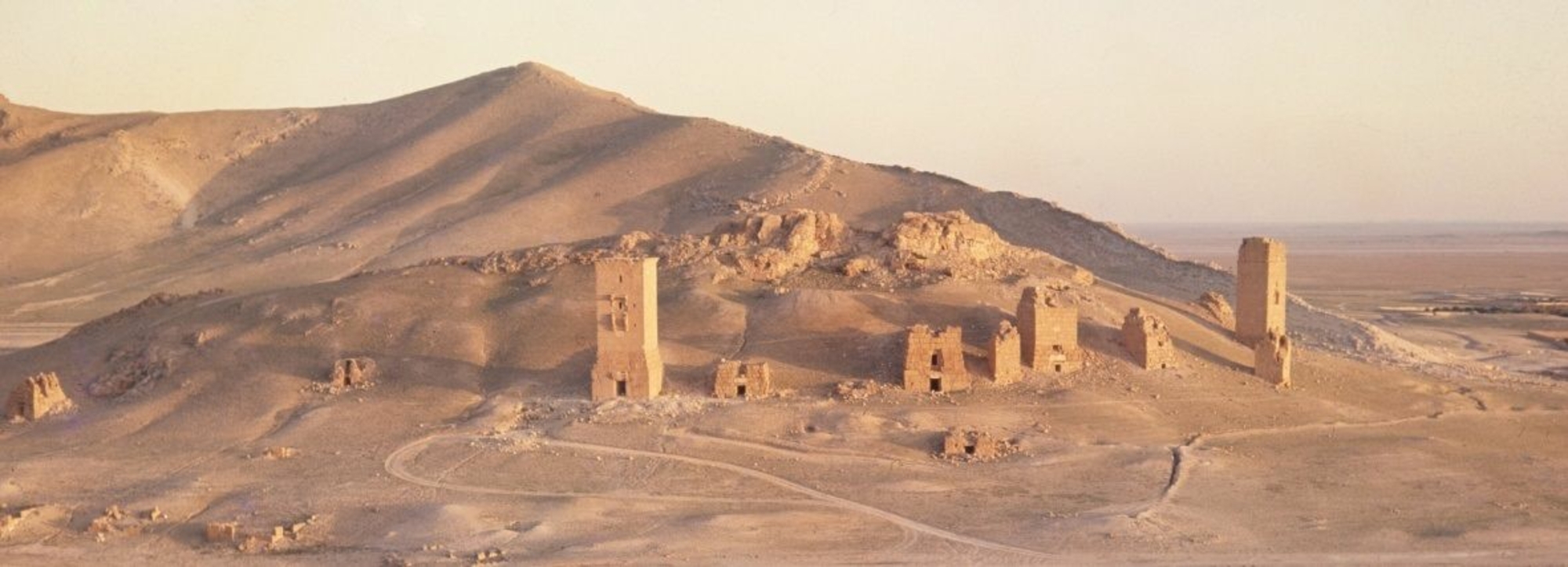
- Home
- Explore the site
- The arts in Palmyra
- Clothes and jewellery
The reliefs offer an insight into what people might have worn in Palmyra. Although there are examples of citizens wearing the Roman toga or himation, a draped garment worn by the ancient Greeks, most Palmyreans wore typically Syrian clothes, colourful and richly embroidered, influenced by the attire of their powerful neighbour to the east, the Parthian empire.
Men wore embroidered baggy trousers and belted long-sleeved tunics. Women generally wore a tunic, a mantle fastened on the left shoulder with a fibula, earrings, one or more necklaces, bracelets, a brow band often decorated with plant motifs, a turban and a long veil. A preference for an Iranian garment or a Greek mantle was a matter of taste, wealth or mood, not of origin or profession.
The central role played by Palmyra in trade between the Mediterranean and the East made it one of the main stopping points for caravans transporting luxury materials such as gold, gemstones and pearls. It was also a focal point for the styles, fashions and techniques that travelled with the merchants. The Palmyreans assimilated these different influences: Palmyrene silverwork and goldwork, for example, are a rich synthesis of eastern, Roman, Greek, Hellenistic and Syrian elements and motifs.


